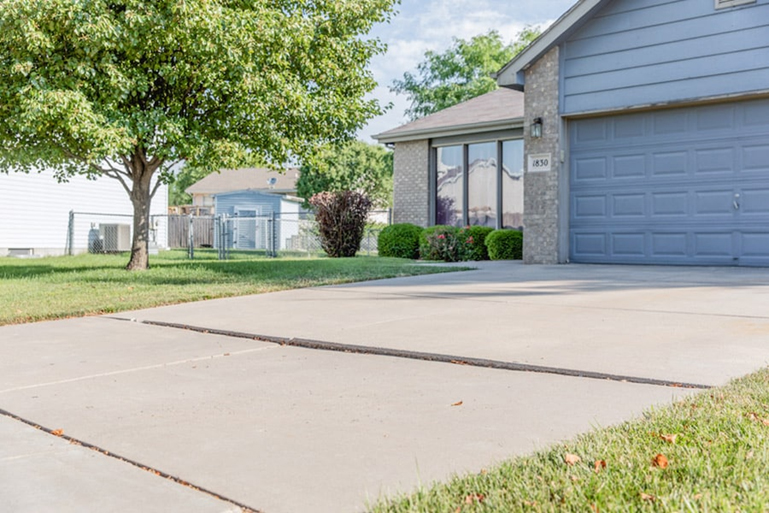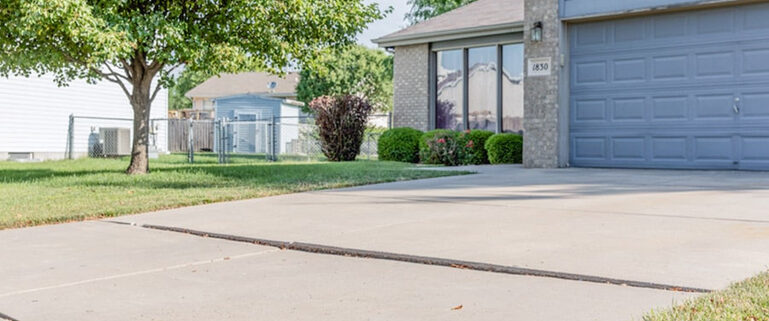What Causes Voids Under Concrete Slabs
 Have you ever noticed a dip in the concrete surface of your driveway, patio, or sidewalk? This can be caused by a void forming underneath the concrete. In this blog post, we’ll explore the causes behind these mysterious dips and how to prevent them from occurring.
Have you ever noticed a dip in the concrete surface of your driveway, patio, or sidewalk? This can be caused by a void forming underneath the concrete. In this blog post, we’ll explore the causes behind these mysterious dips and how to prevent them from occurring.
What Causes Voids?
Voids are typically caused by three main factors: improper compaction of the soil before pouring concrete, inadequate curing of the concrete after it’s poured, and poor drainage. Let’s look at each factor in greater detail.
Improper Compaction of Soil
Before pouring new concrete, it’s important to compact the soil beneath it so that no air pockets form and cause weak spots in your slab. If this step is skipped or not done properly, then pockets of air can form and eventually cause cracking or voids in your concrete. It’s best practice to use a professional compactor to ensure that your soil is properly compacted for optimal results.
Inadequate Curing
When freshly poured concrete is exposed to air and moisture, it begins to harden. During this process—known as curing—it’s important that enough moisture is available for the curing process to take place correctly; if there isn’t enough moisture, then voids can form as weak points within your slab. To prevent this from happening, try covering freshly-poured slabs with plastic sheeting for about 48 hours so that they don’t dry out too quickly. You should also mist them with water periodically during this time period as well.
Poor Drainage
If water pools on top of newly-poured concrete slabs due to poor drainage (or if water pools around existing slabs due to cracks), then those areas may become weakened over time due to erosion or other environmental factors such as freezing temperatures. Poor drainage can lead to small sinkholes, or weak spots under your slab which can eventually form into voids if left unchecked. It’s important to address any drainage issues before laying down new slabs or repairing existing ones.
Conclusion:
Voids under concrete slabs are caused by a combination of improper compaction of soil before pouring concrete, inadequate curing after pouring, and poor drainage around existing slabs (or on top of newly poured slabs). Taking proactive measures such as using a professional compactor when laying down new slabs, covering freshly-poured slabs with plastic sheeting and misting them periodically with water during the 48 hour curing period, and addressing any drainage issues around existing or new slabs will go a long way toward preventing these mysterious dips from forming in your pavement surfaces!
If you need mudjacking in Houston, call us today.
We help our industries partner – Trushine Window Cleaning | Best Houston Window Cleaning Service / Houston Gutter Cleaning







